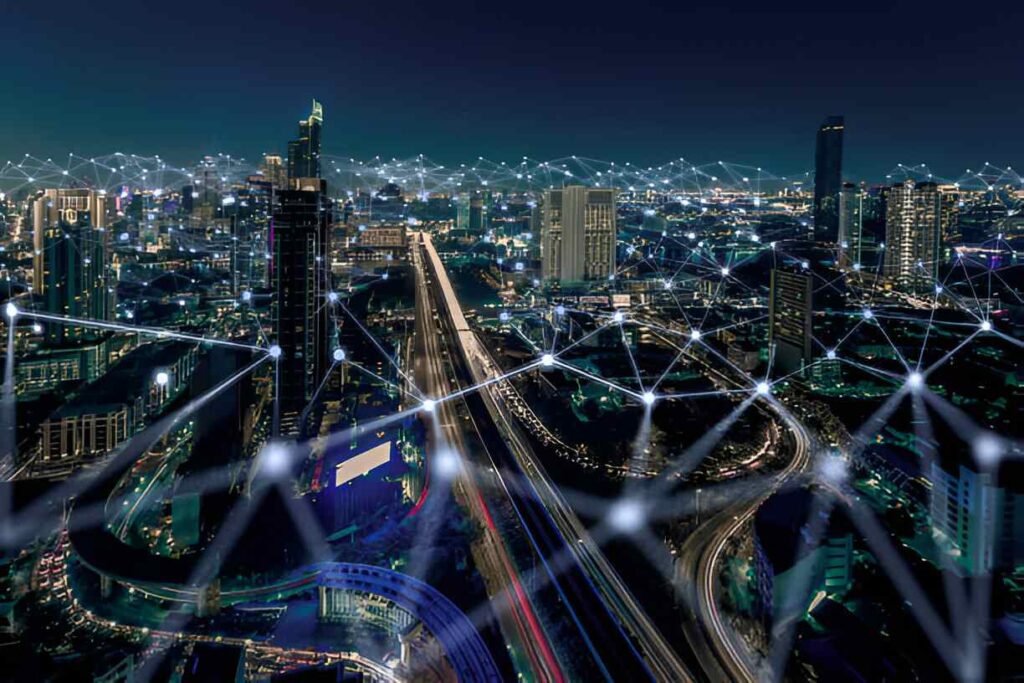In the fast-paced digital age, staying connected is not just a luxury; it’s a necessity. From remote work and online education to streaming entertainment and telemedicine, our reliance on the internet has never been greater. As the demand for high-speed, reliable internet grows, fiber optic technology emerges as a game-changer. Here’s how fiber internet is shaping the future of communication.
Understanding Fiber Optic Technology
What is Fiber Optic Internet?
Fiber optic internet uses thin strands of glass or plastic fibers to transmit data as light signals. Unlike traditional copper cables, which rely on electrical signals, fiber optics can carry vast amounts of data over long distances with minimal loss of quality. This translates to significantly faster and more reliable internet connections.Investing in fiber internet in Houston ensures that local businesses and residents are well-equipped to handle the increasing demands of our evolving digital landscape and are ready for future technological advancements.
How Does It Work?
Light signals are transmitted through the fiber strands, bouncing along the inner walls of the cable with minimal interference. This method allows data to travel at near-light speeds, providing an unparalleled internet experience. Fiber optic technology can support exponentially higher bandwidths than copper cables, making it ideal for the data-intensive applications of today and tomorrow.
The Advantages of Fiber Internet
Speed and Reliability
Fiber optic internet offers lightning-fast download and upload speeds, often reaching up to 1 Gbps (gigabit per second) and beyond. This starkly contrasts the average speeds offered by traditional DSL or cable internet services. Fiber is the clear winner for households and businesses that require high-speed internet for video conferencing, cloud computing, and other bandwidth-heavy tasks.
Enhanced Streaming and Gaming
For entertainment enthusiasts, fiber internet provides a seamless streaming and gaming experience. The high bandwidth and low latency of fiber connections mean that 4K and even 8K video streaming can occur without buffering, and online gaming is smooth and responsive. This level of performance is crucial as streaming services and gaming platforms continue to evolve and demand more from internet connections.
Future-Proof Technology
As our digital world evolves, our demand for greater data capacity and faster speeds grows alongside it. Fiber optic technology is uniquely equipped to meet these needs, offering a future-proof solution that can handle emerging innovations like virtual reality (VR), augmented reality (AR), and the Internet of Things (IoT). By investing in fiber infrastructure now, communities and businesses can stay ahead of technological advancements and ensure they are well-prepared for the future.
The Impact on Communication
Remote Work and Telecommuting
The COVID-19 pandemic has accelerated the shift towards remote work and telecommuting. With more people working from home than ever before, the need for reliable internet is paramount. Fiber internet supports multiple simultaneous connections, ensuring that video conferences, file transfers, and cloud applications run smoothly without interruptions.
Telemedicine and Online Education
Fiber internet is also revolutionizing telemedicine and online education. High-quality video consultations with healthcare professionals and interactive online classes require robust internet connections. Fiber’s high speeds and low latency make it possible to deliver these services effectively, bridging the gap between providers and patients or educators and students.
Enhanced Communication Tools
From video calls and instant messaging to collaborative workspaces and social media, our communication tools are constantly evolving. Fiber internet provides the backbone for these innovations, enabling real-time communication and collaboration on a global scale. As businesses and individuals become more interconnected, the demand for high-speed, reliable internet will only continue to grow.
Conclusion
Fiber internet is not just a technological upgrade; it’s a revolution in how we connect, communicate, and interact with the world. Its unparalleled speed, reliability, and capacity make it the ideal choice for the demands of modern life and future emerging technologies. As we continue to navigate an increasingly digital landscape, fiber optic technology will be at the forefront, ensuring that we stay connected in ways previously unimaginable. Investing in fiber internet is an investment in the future of communication, promising a world where distance is no longer a barrier to connection and collaboration.


